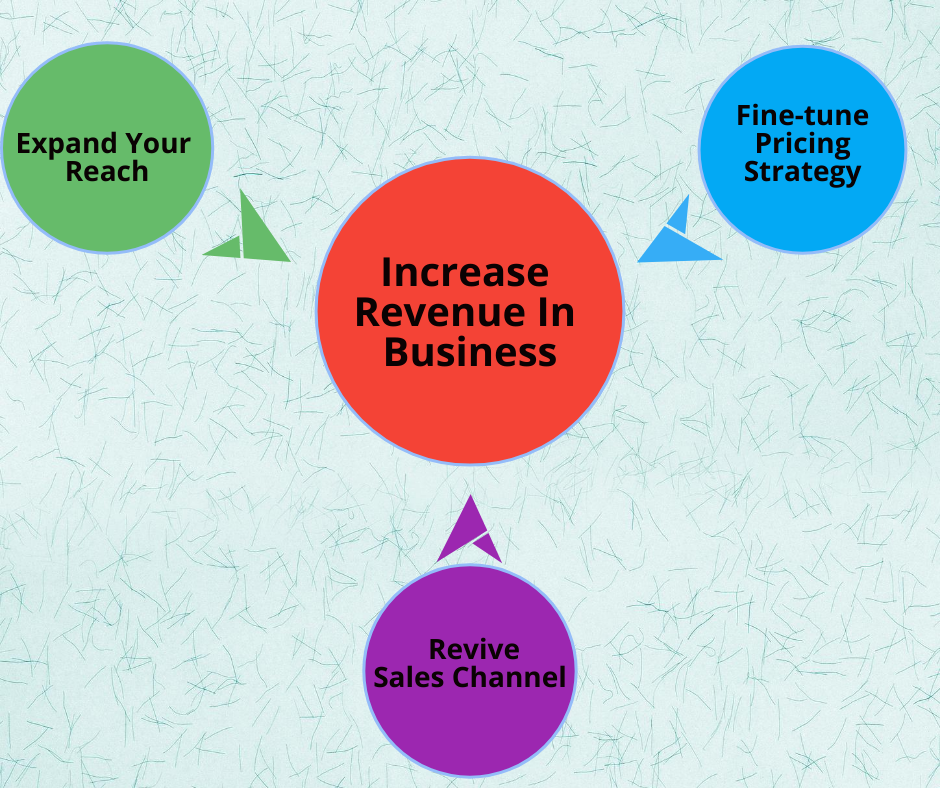Introduction
Financial growth is the foundation of long-term business success. Whether you’re a startup or an established enterprise, implementing the right financial strategies can help maximize profits, improve cash flow, and sustain business growth.
In this guide, we will explore smart strategies to enhance your business’s financial health, manage risks, and capitalize on opportunities for expansion.
1. Understanding Financial Growth

1.1 What is Financial Growth?
Financial growth refers to the increase in revenue, profitability, and market value of a business over time.
It is achieved through strategic planning, efficient resource management, and investment in the right opportunities.
1.2 Why Financial Growth Matters
- Ensures business sustainability
- Provides opportunities for expansion
- Enhances market competitiveness
- Improves investor confidence
2. Setting Strong Financial Foundations

2.1 Establishing a Budget
A well-planned budget is essential for tracking income and expenses. Businesses should categorize expenditures and allocate resources efficiently.
2.2 Managing Cash Flow Effectively
- Monitor cash inflows and outflows regularly
- Avoid late payments and optimize receivables
- Maintain a financial cushion for emergencies
2.3 Reducing Unnecessary Expenses
- Automate processes to save time and costs
- Outsource non-core functions
- Negotiate better deals with suppliers
3. Revenue Generation Strategies

3.1 Diversifying Income Streams
Relying on a single revenue source can be risky. Businesses should explore:
- Introducing new products/services
- Expanding to new markets
- Offering subscription-based models
3.2 Pricing Strategies for Maximum Profitability
- Value-based pricing
- Competitive pricing analysis
- Seasonal promotions and discounts
3.3 Enhancing Customer Retention
Loyal customers contribute to sustained revenue growth. Strategies include:
- Providing exceptional customer service
- Implementing loyalty programs
- Engaging customers through personalized marketing
4. Leveraging Investments and Funding

4.1 Identifying the Right Investment Opportunities
Investments should align with business goals and risk tolerance. Options include:
- Expanding product lines
- Investing in technology upgrades
- Exploring real estate opportunities
4.2 Securing Business Funding
Businesses can explore funding sources such as:
- Bank loans
- Angel investors
- Government grants
4.3 Smart Debt Management
Managing debt wisely prevents financial strain. Strategies include:
- Consolidating high-interest loans
- Making timely payments
- Negotiating favorable repayment terms
5. Digital Transformation for Financial Growth

5.1 Implementing Financial Technology (FinTech)
- Utilizing digital payment solutions
- Automating accounting and invoicing
- Adopting AI-driven financial analytics
5.2 Data-Driven Decision Making
Businesses that leverage data analytics can:
- Identify market trends
- Optimize pricing strategies
- Improve customer segmentation
5.3 E-commerce and Online Revenue Streams
- Setting up an online store
- Expanding into global markets
- Leveraging social media for sales
6. Risk Management and Contingency Planning

6.1 Identifying Financial Risks
Common financial risks include market fluctuations, economic downturns, and operational inefficiencies.
6.2 Creating a Contingency Plan
- Establish emergency funds
- Diversify investments
- Secure business insurance
6.3 Fraud Prevention and Security Measures
- Implementing cybersecurity protocols
- Regular financial audits
- Employee training on fraud prevention
7. Scaling Your Business for Sustainable Growth

7.1 Expanding Your Market Reach
- Entering new geographical markets
- Forming strategic partnerships
- Exploring international trade
**7.2 Improving Operation
- Automating repetitive tasks
- Investing in employee training
- Enhancing supply chain management
7.3 Innovating for Competitive Advantage
- Researching and developing new products
- Staying ahead of industry trends
- Encouraging a culture of innovation
8. Smart Tax Planning Strategies

8.1 Understanding Business Tax Obligations
- Corporate tax
- Payroll tax
- Sales tax compliance
8.2 Maximizing Tax Deductions
Businesses can reduce tax liabilities by:
- Claiming eligible deductions
- Investing in retirement plans
- Utilizing tax credits
8.3 Working with Financial Experts
A financial advisor or accountant can help with:
- Tax-efficient investment planning
- Regulatory compliance
- Financial forecasting
9. Mastering Financial Growth for Long-Term Success
Sustaining financial growth requires a combination of strategic planning, technological integration, and smart investment decisions.
By focusing on financial management, risk mitigation, and revenue diversification, businesses can ensure long-term profitability and success.
Frequently Asked Questions (FAQs)
Q1: What are the key factors that contribute to financial growth?
Key factors include effective budgeting, revenue diversification, smart investments, and digital transformation.
Q2: How can small businesses manage cash flow better?
Small businesses can monitor cash flow by tracking income and expenses, reducing unnecessary costs, and ensuring timely payments.
Q3: What is the best way to secure funding for a business?
The best approach depends on the business stage. Startups can seek angel investors or grants, while established businesses can explore bank loans and venture capital.
Q4: How does technology help with financial growth?
Technology improves efficiency through automation, enhances decision-making via data analytics, and expands revenue streams through e-commerce.
Q5: What are the most effective tax-saving strategies for businesses?
Effective strategies include maximizing deductions, investing in retirement plans, and consulting tax professionals for tailored advice.
By following these smart financial strategies, businesses can enhance profitability, mitigate risks, and achieve long-term success.